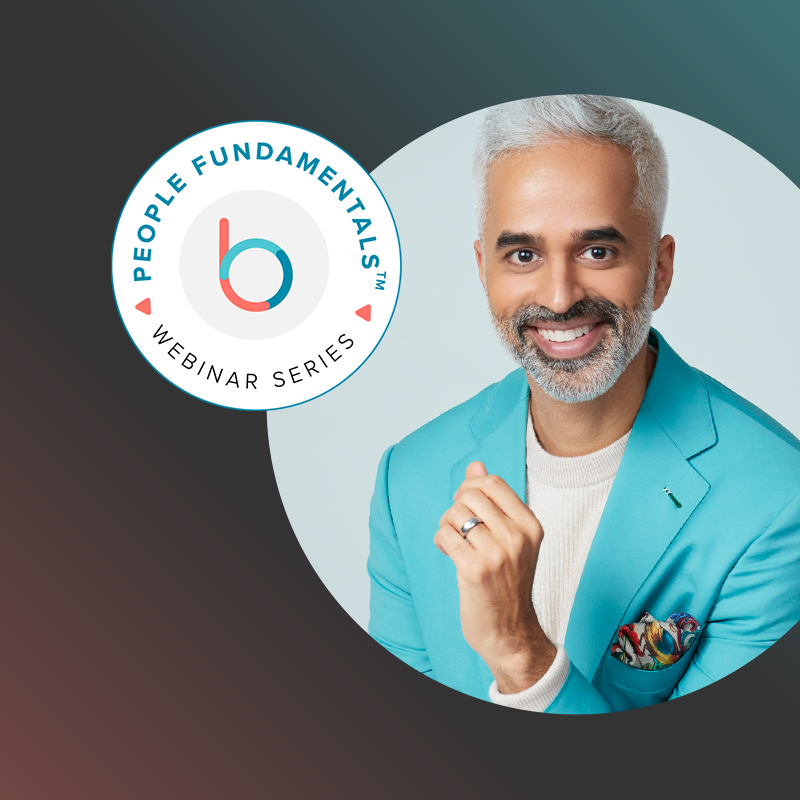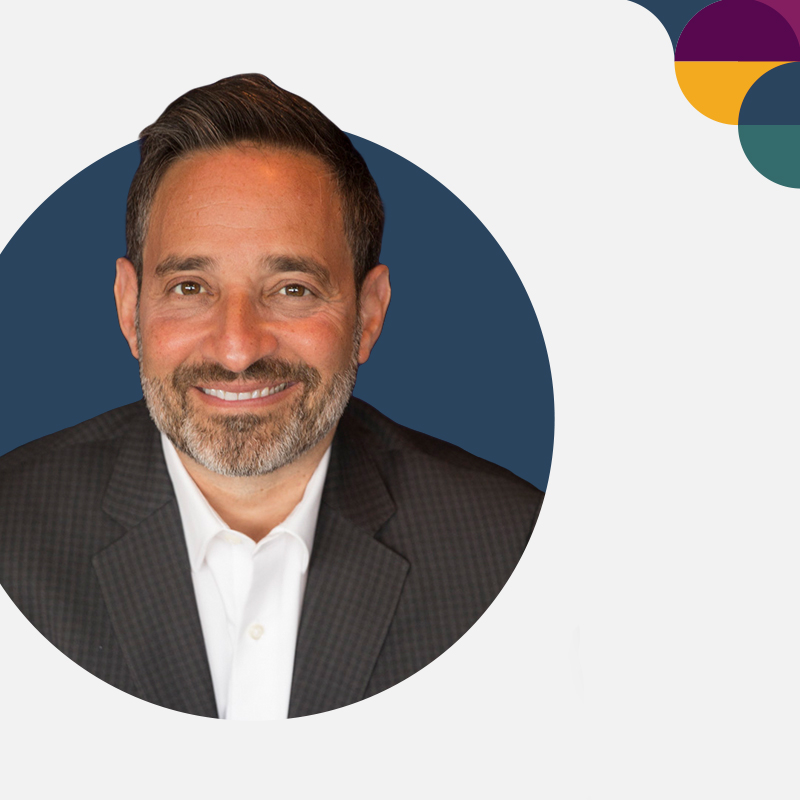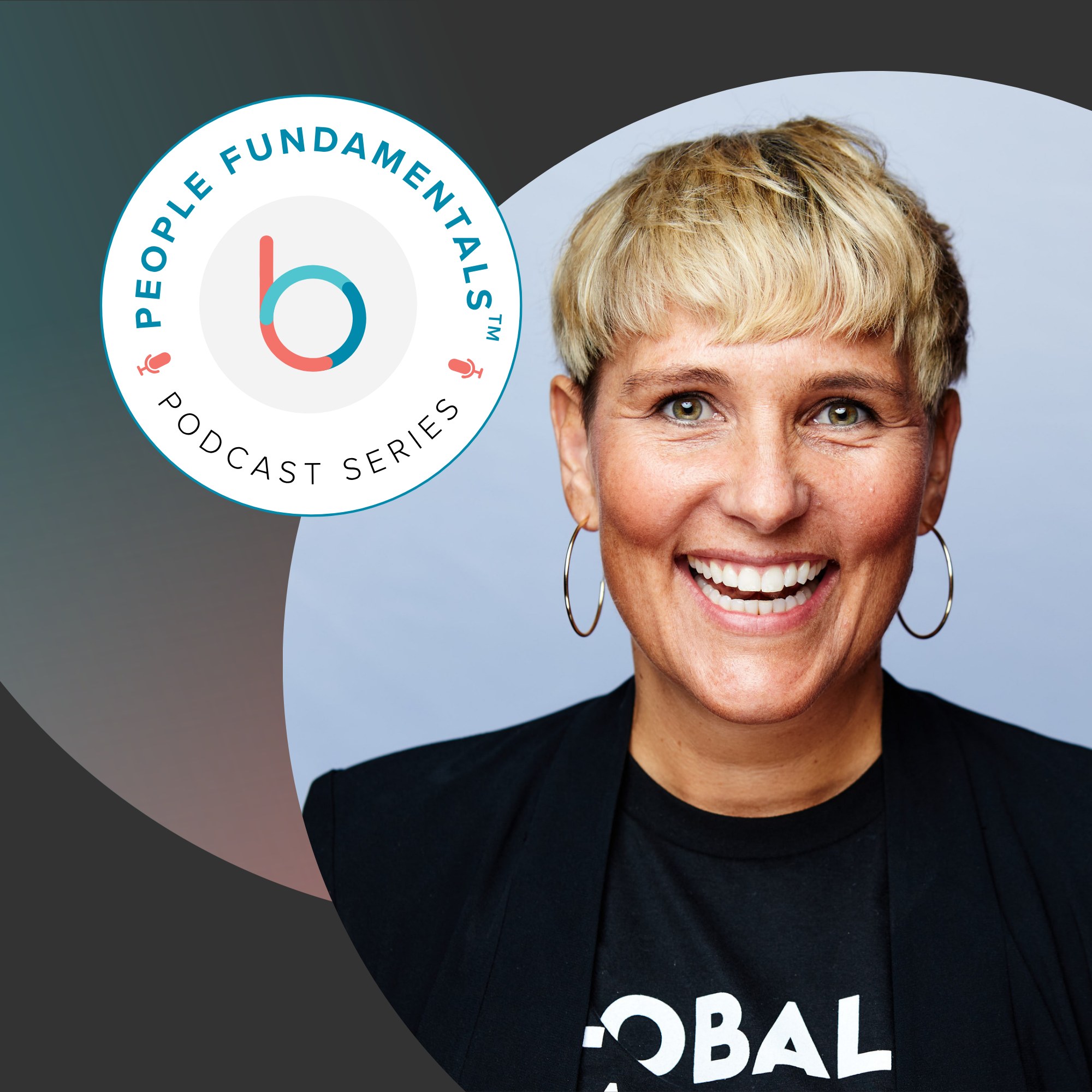Work is mostly broken. Full stop.
The world has changed. People have changed. They want meaning and purpose. They want to be treated as the adults they are by the people they work for. They want flexibility, autonomy, respect, and fairness. But organizations are trapped in an old way of doing business. And force-fitting outdated approaches is like trying to jam the proverbial square peg into a round hole. So, what can HR leaders do?
“We actually need more from people, not less,” says Ryan Estis, keynote speaker, leadership expert, and co-author of the upcoming book, “Prepare for Impact.” “But the challenge is that we can’t extract more, so it’s fundamentally requiring a shift in how we approach leadership, influence culture, and ultimately take care of our people.”
People today expect more from the workplace experience, says Ryan, who is speaking at the upcoming People Fundamentals webinar session “Human-Centered Leadership: Leading High-Performance Teams in a Forever Changed World.” Many people find their sense of purpose and accomplishment from doing their jobs, supporting their colleagues, and driving business results.
“Work can be a place where people feel valued, seen, heard, understood, and an opportunity to contribute more of themselves to something that matters,” Ryan says. “We’re looking at work as a place to derive meaning in our lives.”
We talked with Ryan ahead of his People Fundamentals session to learn more about the importance of human-centered leadership.
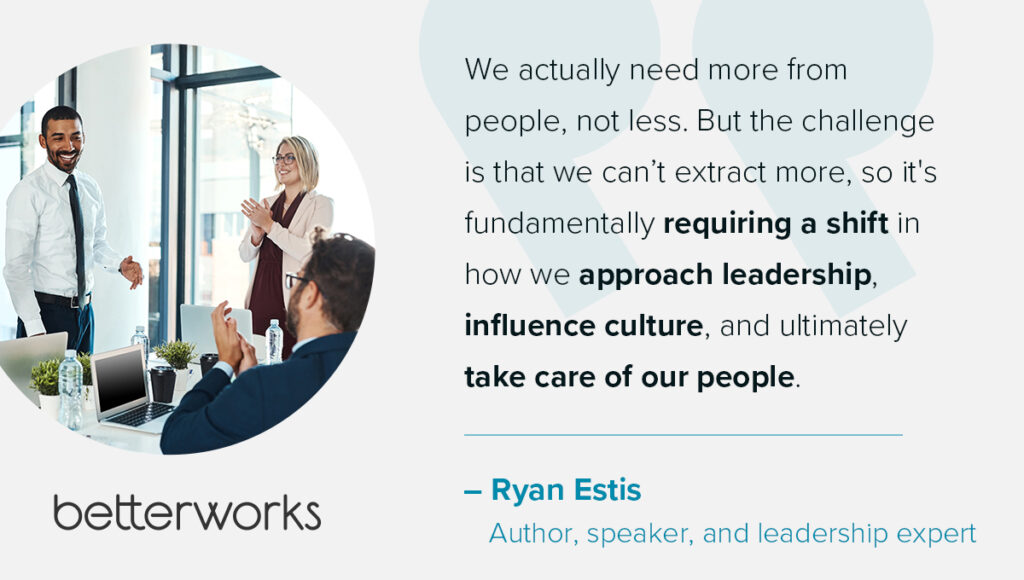
Build momentum through harmony
The old ways of working don’t build momentum, Ryan says. Traditional work practices incentivize short-term results but not long-term growth because they don’t account for the human factor. “Sustainable growth requires a long-term focus with an emphasis on better human experiences,” Ryan says.
To get long-term growth, you need engaged, fulfilled employees who have human-centered leaders to connect them to the organization’s vision. When people find meaning and purpose in their work, they perform better. That’s why “you have to prioritize people — their values, ideas, expressions, and their experiences — as most important to the long-term success of the business,” Ryan says.
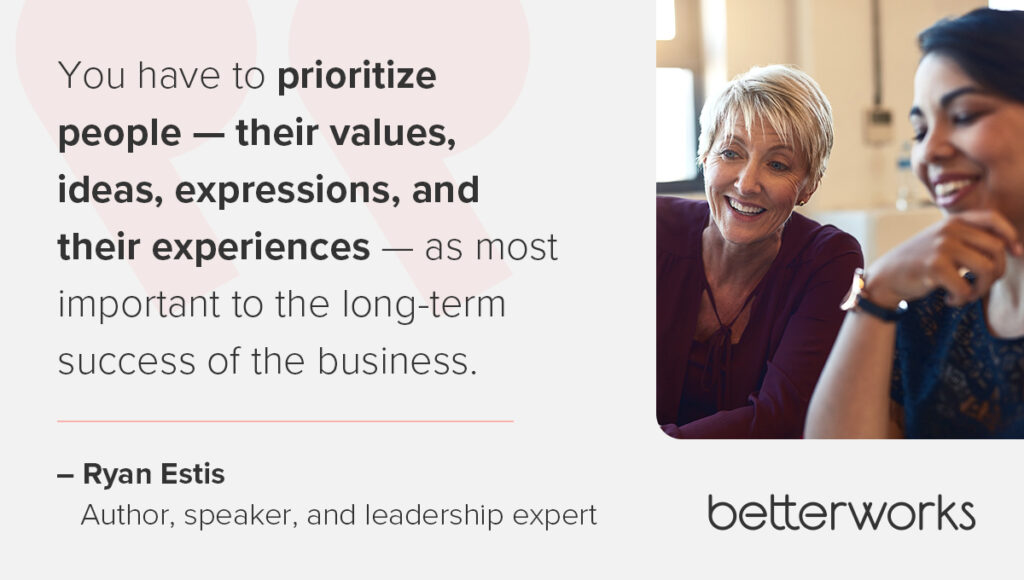
Lead from the inside-out
To build this momentum at work, leaders at all levels need to start with themselves. “Leaders who are willing to closely examine their strengths and weaknesses, understand their blind spots, and really commit to growth and change have the best opportunity to create impact and move an organization forward,” Ryan says.
By consistently modeling human-centered behaviors, leaders set the tone for a more fulfilling and meaningful work experience.
HR leaders can contribute to this culture shift, making it easier to embrace a people-first approach. “The HR function is uniquely well-positioned to contribute to this and really be a catalyst for moving some of these ideas, values, and elevated skills and competencies through the business,” Ryan says.
By training leaders on how to connect and communicate with their teams, you facilitate better manager-employee conversations about finding purpose at work.
Galvanize human-centered leaders
Developing human-centered leaders can transform how people approach their work. “Part of the leader’s job is to galvanize meaning, galvanize connection,” Ryan says, “and demonstrate to people that you have an opportunity to contribute to something that matters.”
Achieving this state isn’t about any one person. It requires an intentional and strategic plan. Begin with the end in mind. Create clarity about where you’re going and what you want your human-centered culture to look like.
From there, conduct a targeted gap analysis. Assess where you are today, and how that compares to your vision for the future state. Employee satisfaction surveys, for example, might reveal that employees don’t feel valued for their contributions. HR leaders can respond to this feedback with remedies that also align with the business strategy. But they must take action. Simply gathering the survey data isn’t enough.
Internal communication and buy-in are critical for any strategic change, Ryan says, starting in the C-suite and cascading down to functional leaders. Consider HR’s role as a consultant to the business. You advise business leaders on the necessary changes while helping them build those skills and competencies across the organization.
By embracing change and purpose, you can transform your company culture into a catalyst for business growth. “Purpose drives competitive advantage,” Ryan says. “People want to connect to something larger than themselves.” Give your people what they need at work, and empower them to return that gift in improved engagement, productivity, and business results.
To learn more about Ryan’s prescription for a healthy culture and the nine steps HR must take to prepare for the future, register for the webinar.
Human-Centered Leadership: How HR Can Prepare for the Future

